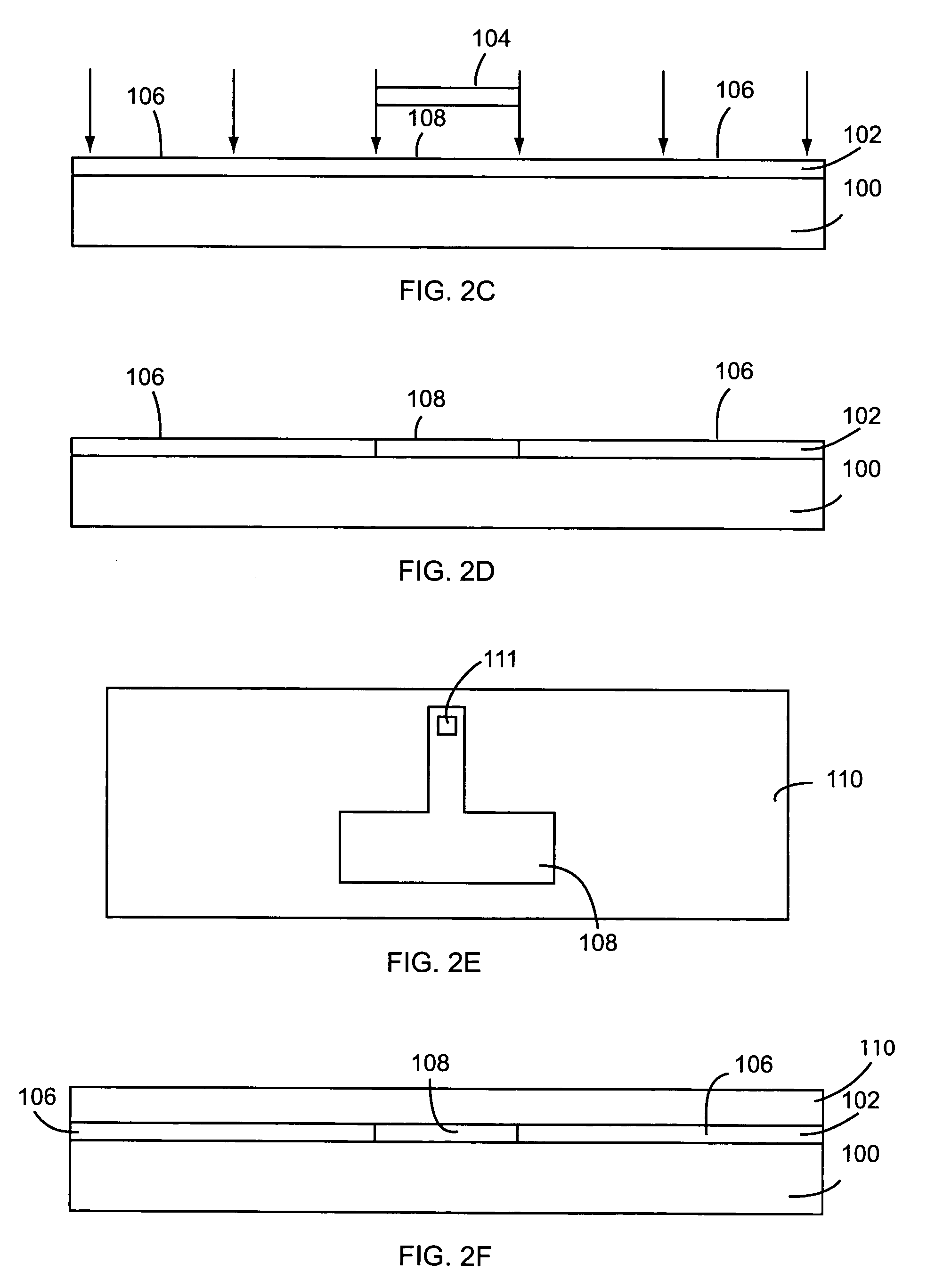Fully integrated organic layered processes for making plastic electronics based on conductive polymers and semiconductor nanowires
a technology of conductive polymers and organic layers, applied in the field of semiconductor nanowires, can solve the problems of limited success, limited application range, and difficult fabrication of high-performance tfts on plastics, and achieve the effect of low cost and high carrier mobility
- Summary
- Abstract
- Description
- Claims
- Application Information
AI Technical Summary
Benefits of technology
Problems solved by technology
Method used
Image
Examples
example application
II. EXAMPLE APPLICATION
[0067]The embodiments described herein, when applied to NW-TFT technology, enable the manufacturing of transistors with performance characteristics comparable or exceeding that of transistors fabricated from traditional single-crystal silicon on very large flexible substrates. This enables ultra-large scale, high-density electrical integration, and provides a true silicon-on-plastic technology. The potential applications of this technology, including military applications, are very broad. The NW-TFT technology described herein enables the development of a variety of unique applications, including RF communications, solar cells, smart cards, radiofrequency identification tags, detectors, sensor arrays, X-ray imagers, flexible displays (e.g., active matrix liquid crystal displays), electronics and more.
[0068]For example, incorporating NW-TFTs into Large Area Electronic Reflectors (LAER) enables the electronically morphing of “any” surface into a parabolic antenn...
PUM
| Property | Measurement | Unit |
|---|---|---|
| carrier mobility | aaaaa | aaaaa |
| carrier mobility | aaaaa | aaaaa |
| carrier mobility | aaaaa | aaaaa |
Abstract
Description
Claims
Application Information
 Login to View More
Login to View More - R&D
- Intellectual Property
- Life Sciences
- Materials
- Tech Scout
- Unparalleled Data Quality
- Higher Quality Content
- 60% Fewer Hallucinations
Browse by: Latest US Patents, China's latest patents, Technical Efficacy Thesaurus, Application Domain, Technology Topic, Popular Technical Reports.
© 2025 PatSnap. All rights reserved.Legal|Privacy policy|Modern Slavery Act Transparency Statement|Sitemap|About US| Contact US: help@patsnap.com



